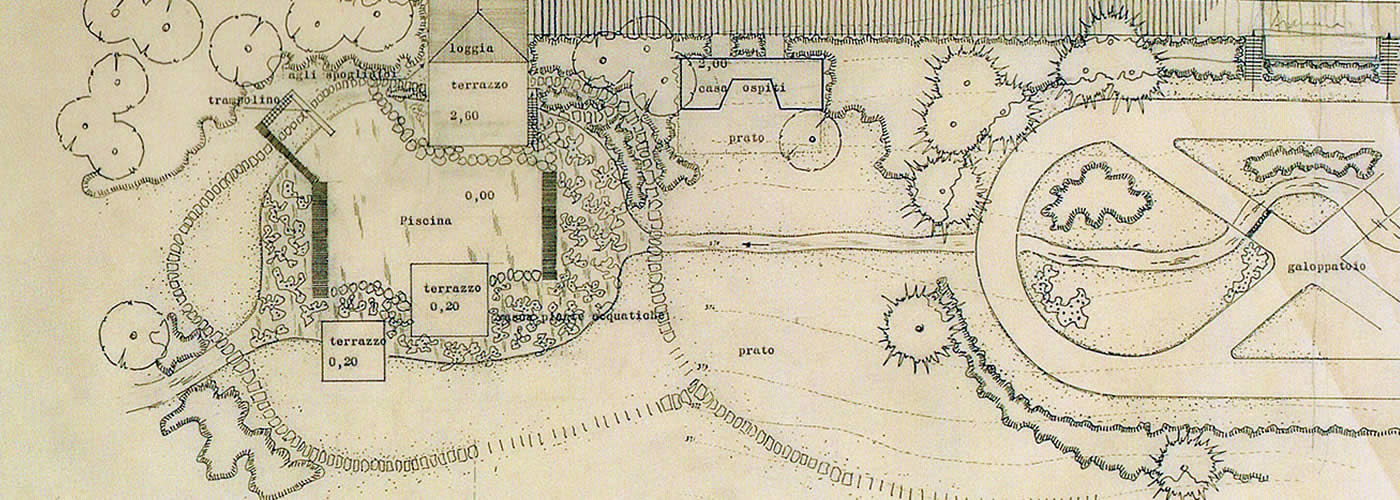
Works
(1970-1977) - Venezia - Winter garden- Hotel Papadopoli
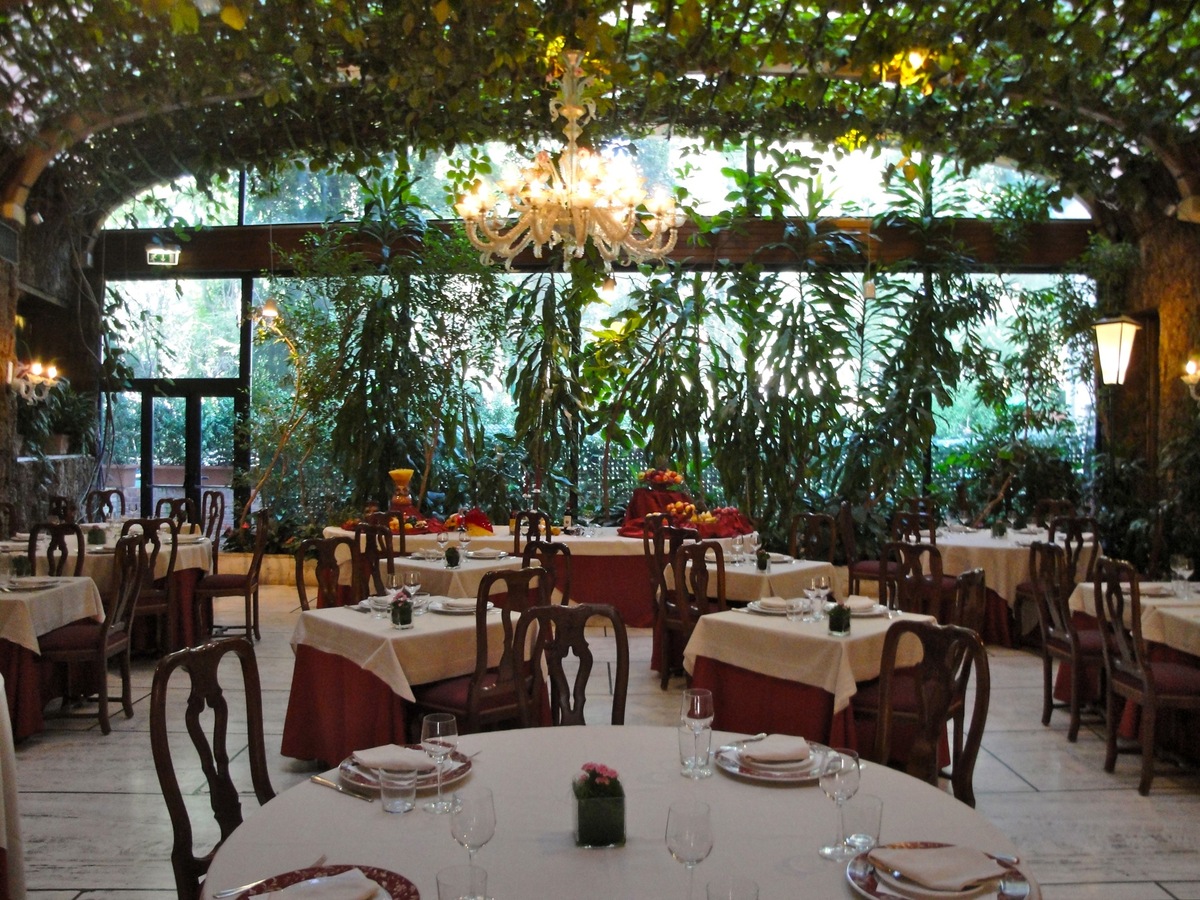
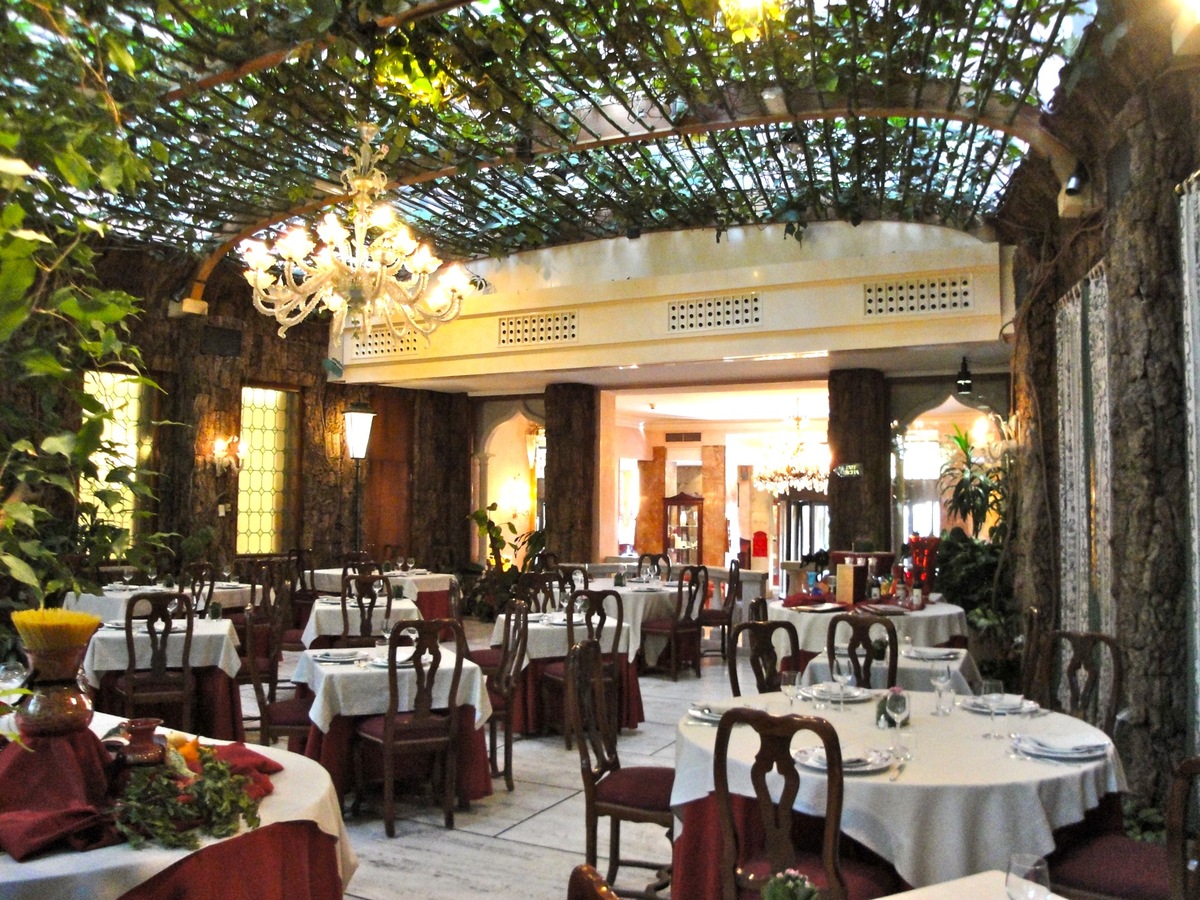
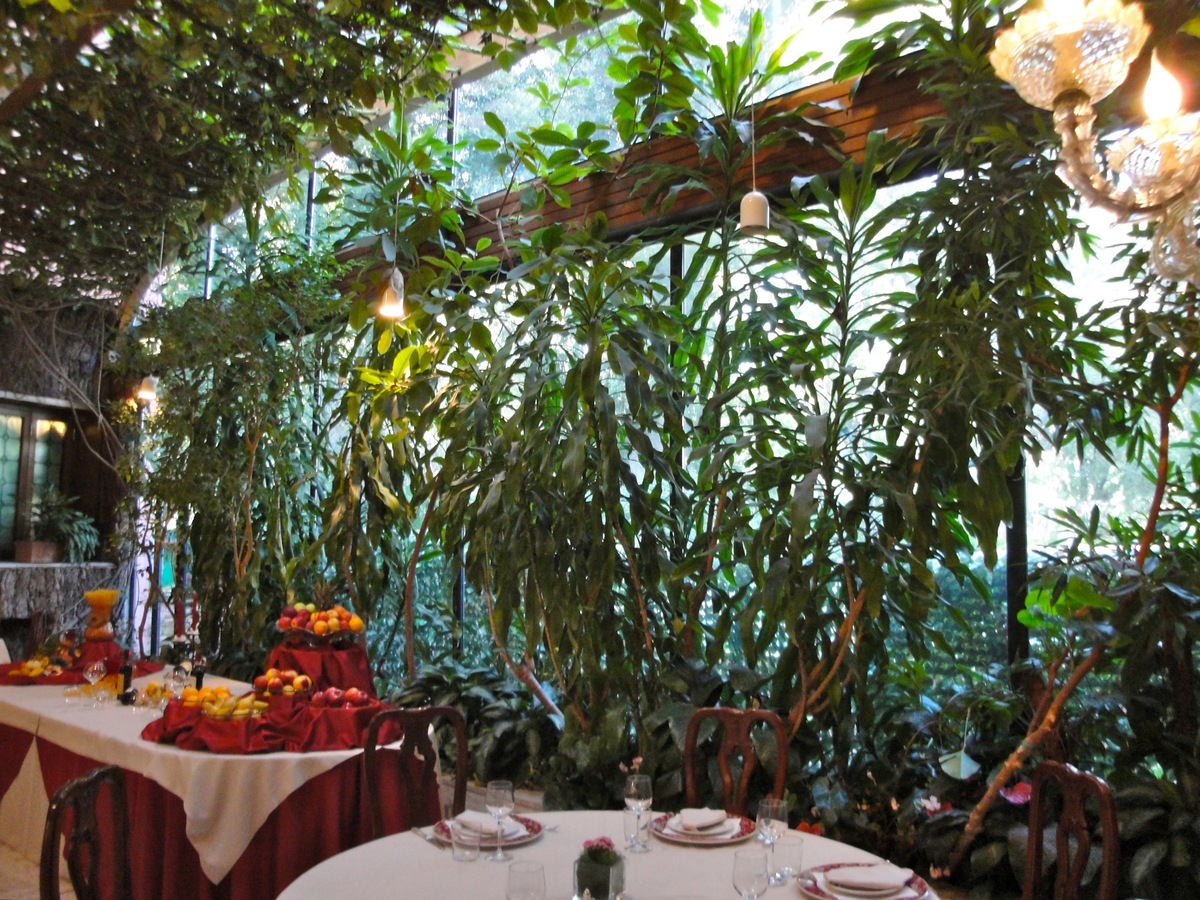
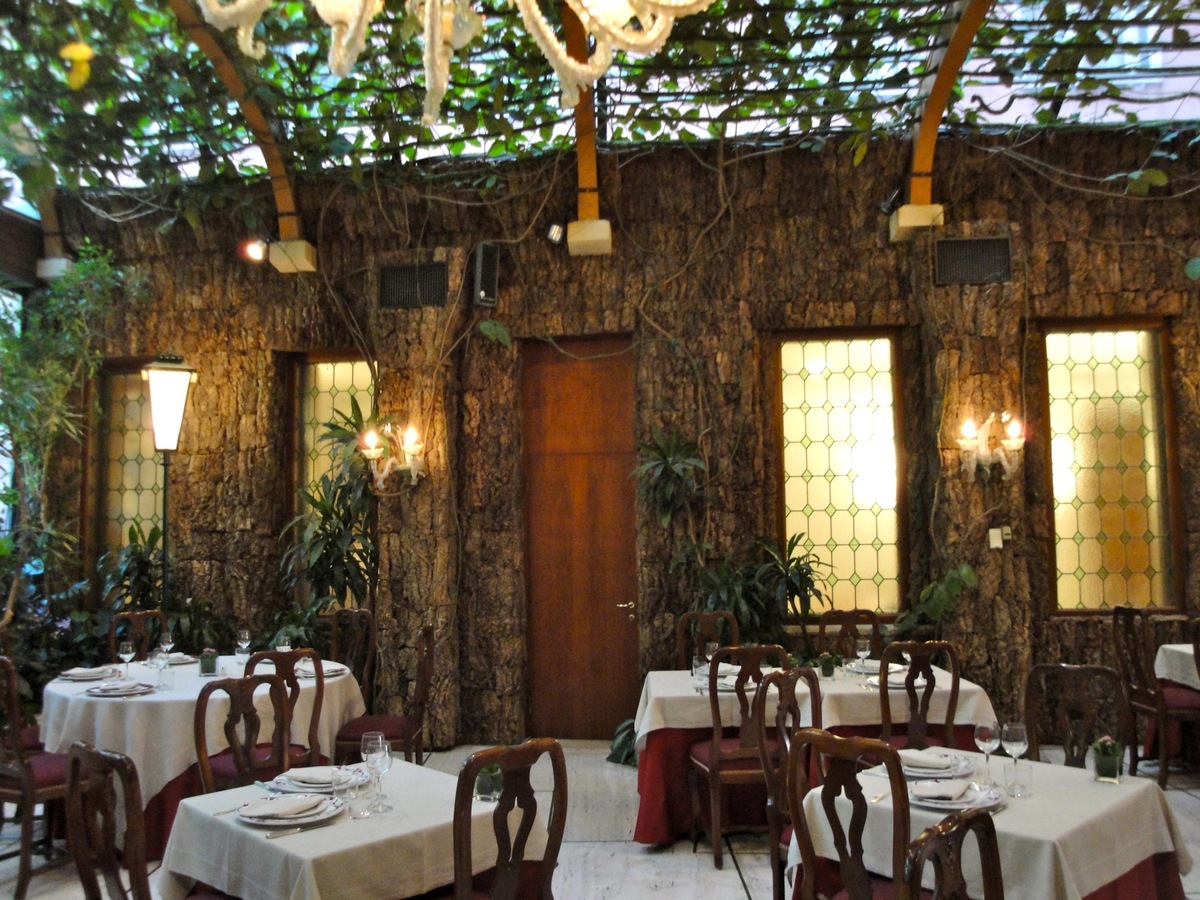
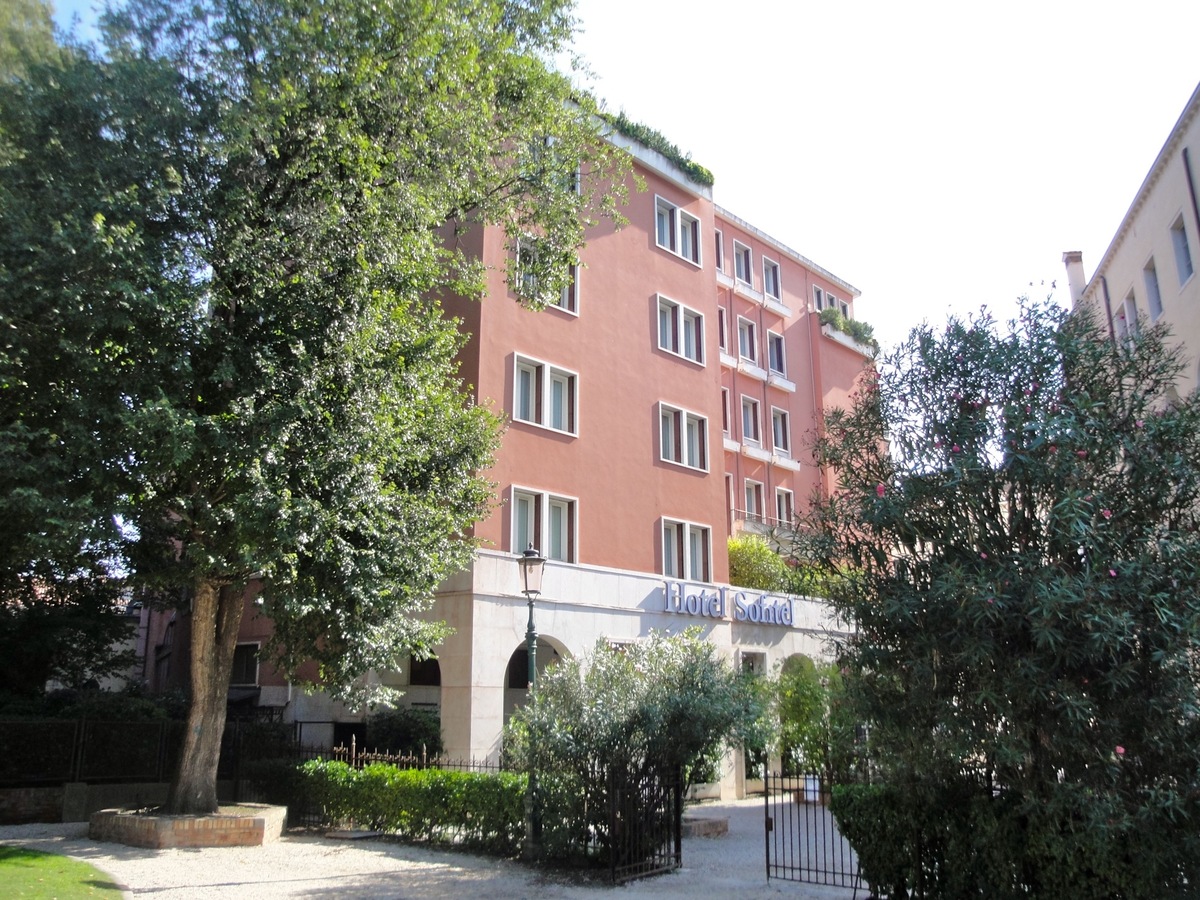
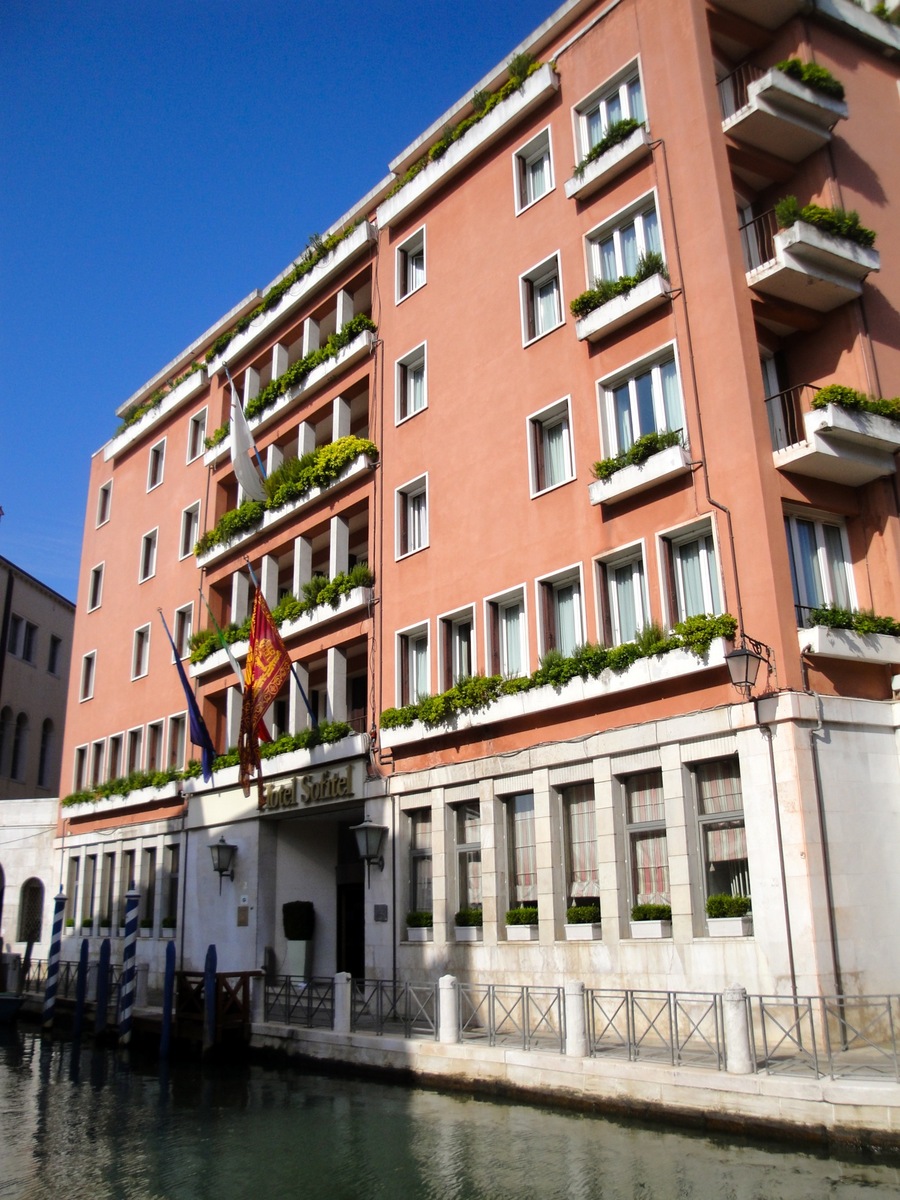
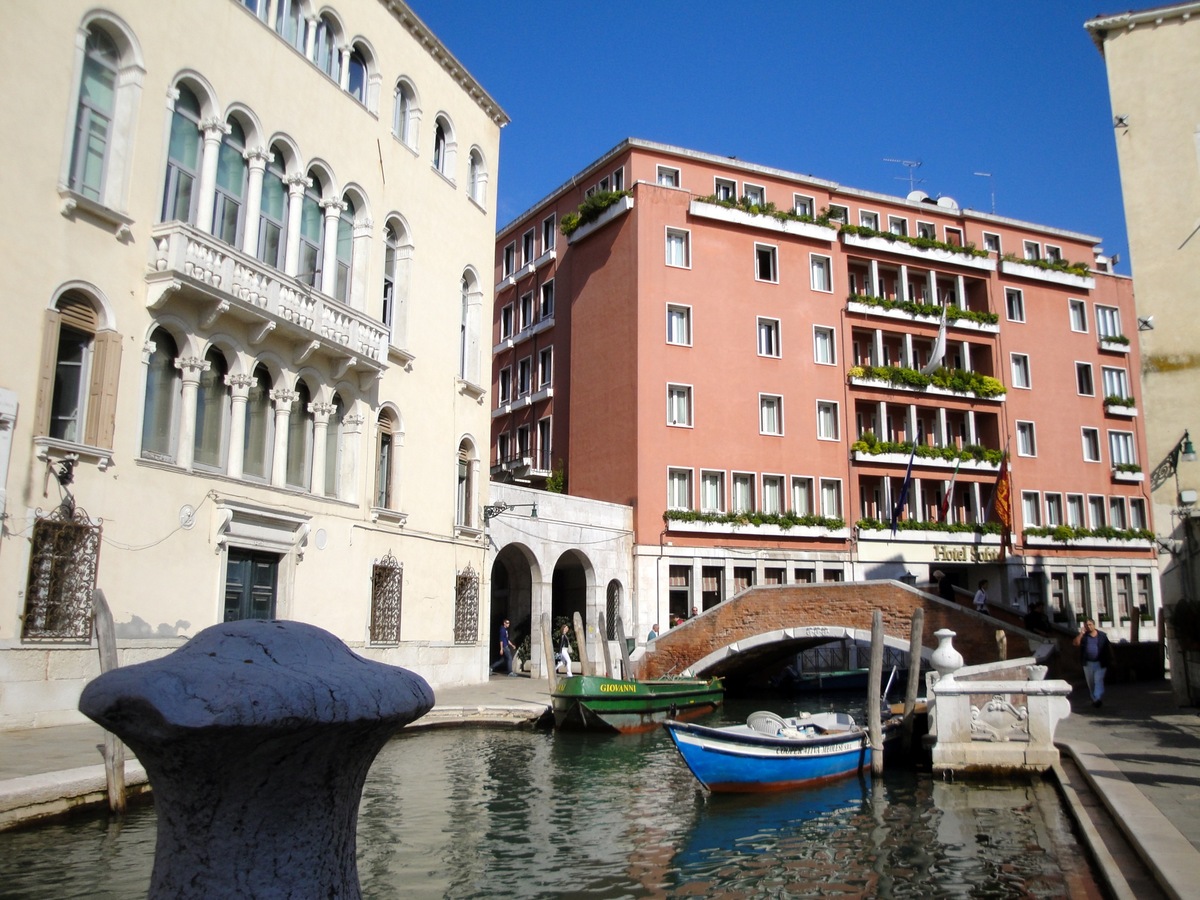
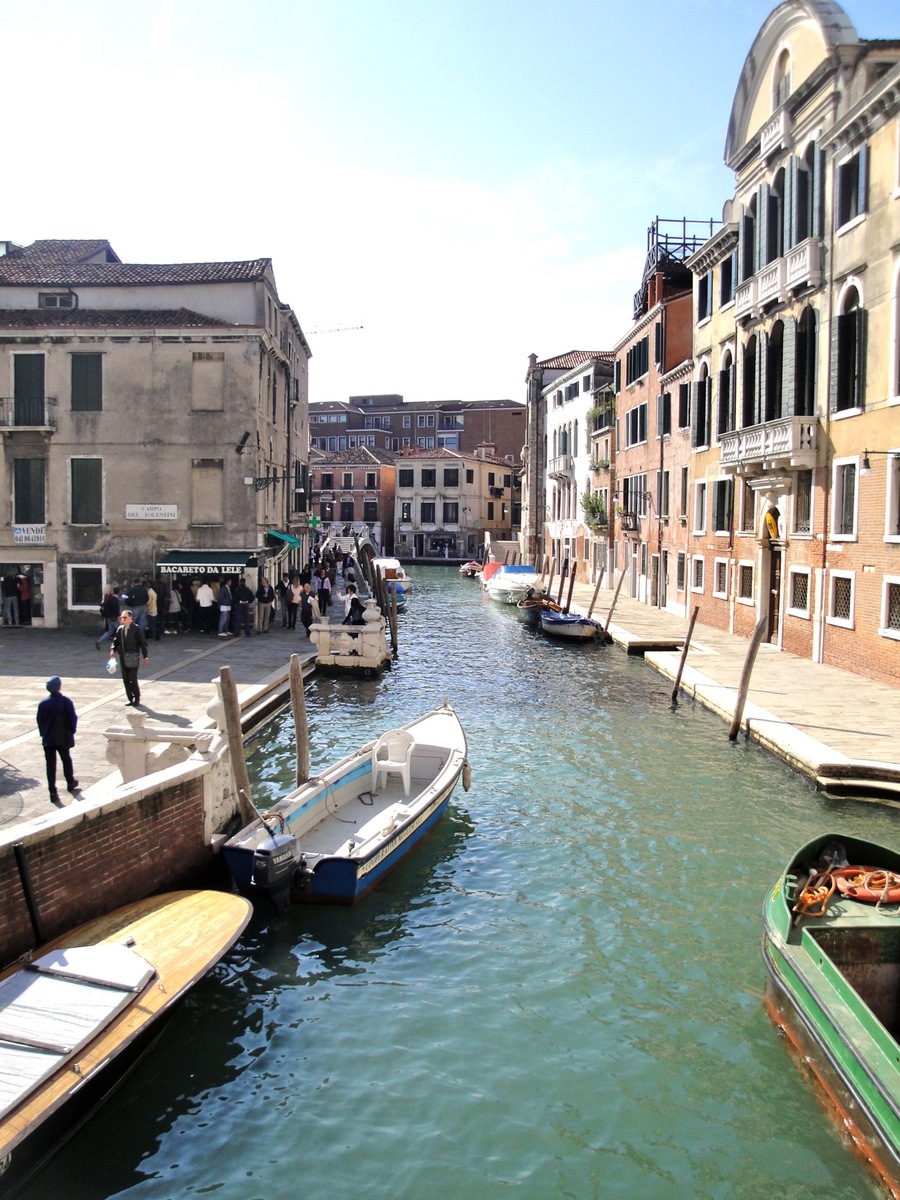
The building, designed by engineer Favaretto Fisca, is located near the Papadopoli garden facing the Tolentini canal, just a short way from the railway station and Piazzale Roma. In 1961, a new wing was added, transforming the plan from an “L” to a “U”; Porcinai designed the winter garden for the space embraced by the wings. Despite its relatively insignificant size, the project has been included to provide testimony of the Landscape architect’s capacity to work in a great variety of different situations; in this case, to transform a scarcely illuminated area between the high walls of a building into a pleasant space with a tranquil atmosphere inviting relaxation and – as always in his work – evoking and “glorifying” nature.
The Landscape architect thus visually amplifies the interior rooms of the Hotel Papadopoli (formerly the Hotel Sofitel and Park Hotel) with a glassed wall – with fixed and mobile sections – looking out on the Papadopoli garden, one of the last green wedges in the historic center of Venice, demolishing the frontiers between interior and exterior space and making it possible to view the trees, shrubs, and flowering plants that envelop and decorate the building. The ceiling, in glass, iron, and wood, is literally covered by the plants that shade the area and create the sensation of being truly out-of-doors. The luxuriant foliage of the tropical plants contrasts with the controlled lines of the structure and the detail work (floors in travertine, cork wall coverings, wooden flower boxes – which, however, were originally designed to be covered in marble pebbling – and wooden furniture). The design of the winter garden, the soothing atmosphere, and the fusion of the plant element with natural materials (wood, cork, stone) recalls the Japanese garden, a spiritual space defined by a sophisticated aesthetic that calls up and celebrates nature: an approach that is sorely undervalued in today’s urban landscapes. The intervention, though of modest extent, is very real, concrete, and most decidedly not one of those innumerable uncomfortable exhibitions of contemporary architecture that are playful, entertaining, and self-celebratory – but so often incapable of providing valid responses to the issues inherent to modern living. The indoor plants (upwards of 30 different varieties, including _Ficus repens, Ficus benjamina, Ficus pandurata, Ficus bengalensis, Rhoicissus, Citrus mitis, Sparmannia africana, Stephanotis, Clerodendron, Philodendron pertusum/laciniatum/scandens, Begonia riga, Anthurium andreanum,_ and others) flourish lushly under special lamps that emit in a spectrum similar to sunlight. (Ph: © Paola Porcinai)


